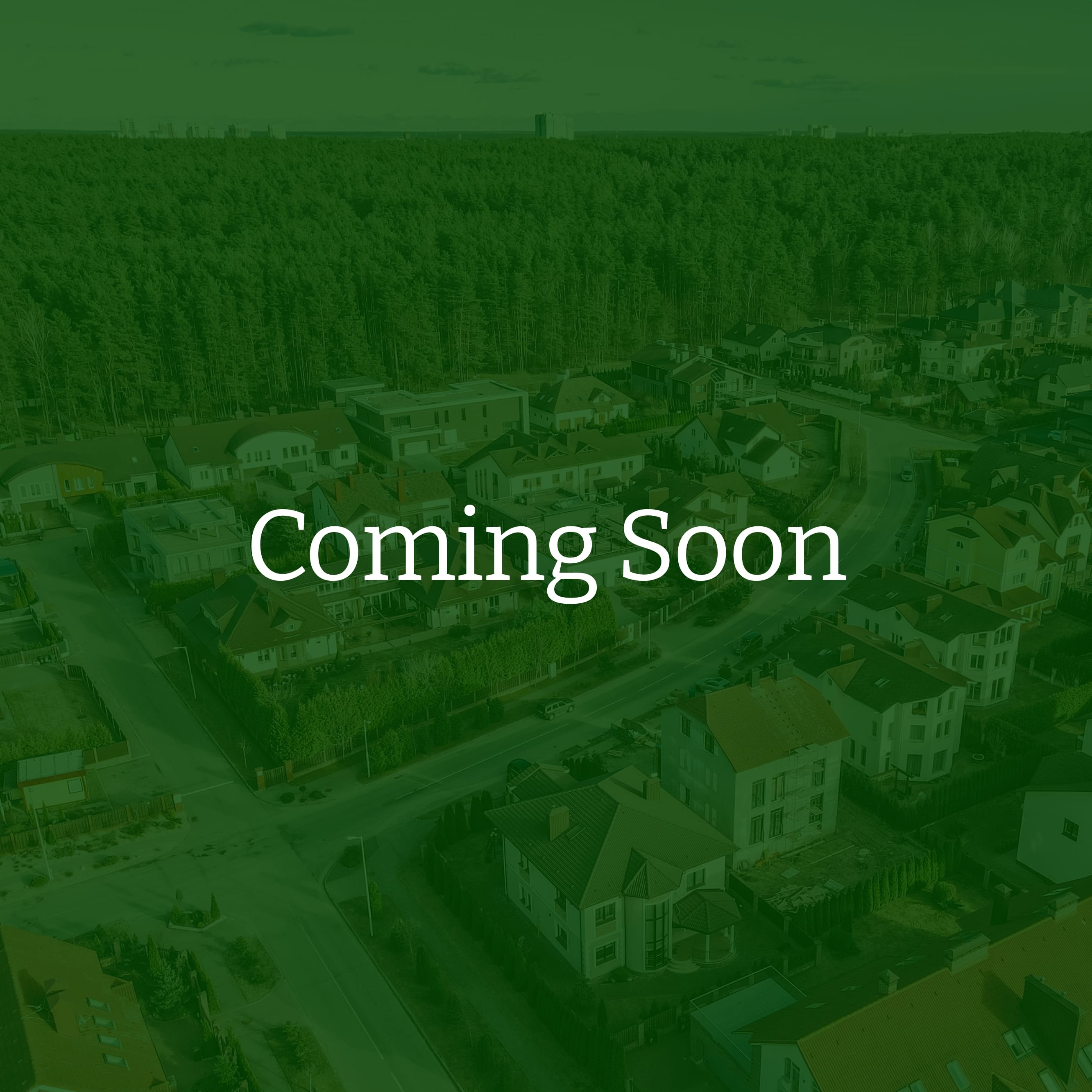
Heliox: Where Evidence Meets Empathy 🇨🇦
Join our hosts as they break down complex data into understandable insights, providing you with the knowledge to navigate our rapidly changing world. Tune in for a thoughtful, evidence-based discussion that bridges expert analysis with real-world implications, an SCZoomers Podcast
Independent, moderated, timely, deep, gentle, clinical, global, and community conversations about things that matter. Breathe Easy, we go deep and lightly surface the big ideas.
Curated, independent, moderated, timely, deep, gentle, evidenced-based, clinical & community information regarding COVID-19. Since 2017, it has focused on Covid since Feb 2020, with Multiple Stores per day, hence a sizeable searchable base of stories to date. More than 4000 stories on COVID-19 alone. Hundreds of stories on Climate Change.
Zoomers of the Sunshine Coast is a news organization with the advantages of deeply rooted connections within our local community, combined with a provincial, national and global following and exposure. In written form, audio, and video, we provide evidence-based and referenced stories interspersed with curated commentary, satire and humour. We reference where our stories come from and who wrote, published, and even inspired them. Using a social media platform means we have a much higher degree of interaction with our readers than conventional media and provides a significant amplification effect, positively. We expect the same courtesy of other media referencing our stories.
Heliox: Where Evidence Meets Empathy 🇨🇦
💡 Far UVC's Economic Case: The Light That Might Save Us Billions
Please see the substack for this episode for additional resources
Something remarkable is happening in the world of public health economics, and almost nobody is talking about it.
At least, not yet.
A team of researchers has just released a cost-benefit analysis of far-UVC technology—a specific wavelength of ultraviolet light that can kill airborne pathogens without harming human tissue—and the numbers are staggering. Using the sophisticated CERN Airborne Model for Indoor Risk Assessment (Chimera), they've demonstrated that implementing this technology could deliver returns ranging from 7x to an almost unbelievable 20,500x on investment, depending on the scenario.
Let that sink in for a moment.
In our post-pandemic world, we're still arguing about masks, ventilation systems, and whether airborne transmission matters. Meanwhile, this report suggests we've had a technological solution sitting on the shelf that could pay for itself many times over.
SATIRE • Réponse officielle du Directeur Général des Élections du Canada ( if only )
This is Heliox: Where Evidence Meets Empathy
Independent, moderated, timely, deep, gentle, clinical, global, and community conversations about things that matter. Breathe Easy, we go deep and lightly surface the big ideas.
Thanks for listening today!
Four recurring narratives underlie every episode: boundary dissolution, adaptive complexity, embodied knowledge, and quantum-like uncertainty. These aren’t just philosophical musings but frameworks for understanding our modern world.
We hope you continue exploring our other podcasts, responding to the content, and checking out our related articles on the Heliox Podcast on Substack.
About SCZoomers:
https://www.facebook.com/groups/1632045180447285
https://x.com/SCZoomers
https://mstdn.ca/@SCZoomers
https://bsky.app/profile/safety.bsky.app
Spoken word, short and sweet, with rhythm and a catchy beat.
http://tinyurl.com/stonefolksongs
Curated, independent, moderated, timely, deep, gentle, evidenced-based, clinical & community information regarding COVID-19. Since 2017, it has focused on Covid since Feb 2020, with Multiple Stores per day, hence a large searchable base of stories to date. More than 4000 stories on COVID-19 alone. Hundreds of stories on Climate Change.
Zoomers of the Sunshine Coast is a news organization with the advantages of deeply rooted connections within our local community, combined with a provincial, national and global following and exposure. In written form, audio, and video, we provide evidence-based and referenced stories interspersed with curated commentary, satire and humour. We reference where our stories come from and who wrote, published, and even inspired them. Using a social media platform means we have a much higher degree of interaction with our readers than conventional media and provides a significant amplification effect, positively. We expect the same courtesy of other media referencing our stories.
Hey everyone, welcome back for another Deep Dive. Yeah, always good to be back. You know, we talk a lot about indoor air quality on the show. For sure, it's a topic that's really come to the forefront these past few years. Right, and today we're going to be digging into a new study that caught my eye. Ooh, always exciting. What's this one about? Well, it looks at a specific type of ultraviolet light, far UVC, and its potential to actually, you know, really make a dent in the transmission of infections indoors. Okay, I'm intrigued. Far UVC. So we're talking about the germicidal UV stuff, but in a way that's safe for people. Exactly. It uses a very specific wavelength that can zap those airborne germs, you know, viruses, bacteria, without harming us. And there's been research on this for a while, right? So what's new with this study? This one goes a step further. It actually tries to figure out, like, the cost-effectiveness of installing these far-UVC lamps in different indoor spaces in two different countries, Switzerland and Germany. Cost-effectiveness. That's smart. It's one thing to say it works in a lab, but another to see if it actually makes sense to roll it out in the real world. So they've crunched the numbers. They have, and that's what we're diving into today. It's a preprint, but it's really thorough using a pretty sophisticated tool called the CERN Airborne Model. for indoor risk assessment. CERN. That's the European Organization for Nuclear Research, right? Yeah. They do some pretty high-level modeling, so that's promising. Yeah. It's often called Chimera for short. Basically, it lets them simulate how far UVC might actually perform in all sorts of real-life situations. Okay, so this isn't just theoretical. They're looking at specific scenarios. Absolutely. They focused on three common indoor spaces, restaurants, offices, and waiting rooms, the kind of places we're all in and out of all the time. Makes sense. Places where people congregate and there's potential for airborne transmission. Right. And they didn't just assume everyone's in identical rooms. They factored in things like, you know, the size of the space, how many people are usually in there, how well the ventilation works. So they're getting pretty granular with it. That's important because, you know, a small office with just a few people is going to be very different from a packed restaurant. Totally. And to cover all the bases, they modeled a range of scenarios. They looked at a normal winter season, you know, your typical 22 weeks of vacation. colds and flu going around. Okay, that's your baseline, the everyday stuff we all deal with. Then they upped the ante with a four-week wave, kind of like what we went through with COVID, you know, a medium-intensity pandemic. Right, that gives you a sense of how it might perform in a more acute outbreak situation. And finally, they went all out with a more severe pandemic, an eight-week wave, to see how those numbers changed. Okay, so they're really testing it across the spectrum from those everyday bugs to a more serious health crisis. Exactly. And here's where it gets really interesting for me. They didn't stop at just like X number of infections prevented. They took it further and tried to quantify those avoided infections in real world terms. Ah, now we're talking. translating those hypothetical infections into something more tangible. Like, how does that affect health care costs? Precisely. And they factored in the broader economic impact, too. You know, fewer people calling out sick from work, things like that. And I imagine they also looked at the impact on overall quality of life, those things that are harder to measure but still so important. Yep. They even used QALYs, which stands for Quality Adjusted Life Years, to capture that side of things. Wow, so they're really painting a comprehensive picture of the potential benefits. But of course, you can't talk about cost effectiveness without considering the costs. Absolutely. That's the other side of the equation. So they took into account the full cost of buying the far UVC lamps, installing them, maintaining them, and running them. Okay, so it's not just the sticker price of the lamp itself, but the whole shebang. The full life cycle cost, you might call it. Exactly. So with all that in mind, let's dive into what they actually found. Let's do it. I'm on the edge of my seat. Starting with Switzerland for a normal winter season, their model suggests that for every franc invested in far UVC, you could see a return of anywhere from 30 to 290 Swiss francs. Whoa, that's a pretty significant range, even for something like the common cold and flu. Right. It's like for every dollar you put in, you could be saving anywhere from 30 to almost 300 bucks down the road. That's a pretty good deal, even before considering the health benefits. But why such a big range? Well, they're looking at different settings, right? So a crowded restaurant with poor ventilation might see a much bigger impact than a small office with good airflow. That makes sense. Plus, you know, some winters are just worse than others in terms of how many people actually get sick. Exactly. There's a lot of variability. But even that low end of the range suggests it could be a worthwhile investment. OK. So what happens when they model that COVID-like pandemic, that four-week wave in Switzerland? Do the benefits go up? They do, quite a bit. In that scenario, the cost-benefit ratio jumps to between 65 and 430 Swiss francs for each franc spent. Ah. So when you're dealing with a more contagious disease, the potential savings really start to climb. It makes you think, right? Having these systems in place could really help buffer us from the economic and health impacts of these outbreaks. Okay, last scenario, the big one. That severe eight-week pandemic. What are the numbers looking like there? This is where it gets crazy. They're predicting a benefit of 2,300 to 20,500 Swiss francs for every single franc invested. Seriously, 20,000 francs, that's a huge number. What's driving that massive potential return? Well, think about it. In a severe pandemic, you've got more people getting seriously ill, more hospitalizations, potentially more people sadly, you know, passing away, and the economy really takes It's a domino effect and the cost to society just skyrockets. Right. So the model is basically saying that far UVC could potentially prevent a lot of that, leading to massive savings. It really highlights the importance of having these tools in place beforehand, doesn't it? Absolutely. Now, let's see how those numbers compare to what they found for Germany. Yeah. Good idea. Different country, different health care system, different cost of living. So in a normal German winter, they estimated a cost-benefit ratio of 1 euro to 7 to 226 euros. Okay. Still positive, which is good, but the range is definitely different, especially at the lower end. compared to Switzerland's 30 francs. Right, and there could be a bunch of reasons for that. Maybe health care costs are different. Maybe German buildings have different ventilation standards. Or maybe they just have slightly different patterns of infection for those common winter illnesses. It's hard to say for sure without digging deeper, but it's an important reminder that these things can vary quite a bit. Okay, how about the COVID-like scenario in Germany? Did they see a jump in the cost-benefit ratio there too? They did, yeah. It went up to 118 to 449 euros for each euro invested. So again, a more intense outbreak equals a bigger potential benefit from having FAR UVC in place. Exactly. And finally, for that severe eight-week pandemic in Germany, they're looking at a range of 659 to 18,946 euros for every euro spent. Wow. So those really high end figures seem consistent across both countries when you're talking about a serious pandemic. And that really underscores the main takeaway from this study. They're saying that far UVC lamps seem to be a highly cost effective solution, not just during a pandemic, but also during a pandemic. but even for those normal winter seasons. It's kind of a two for one, right? Protecting against the everyday stuff and also having that extra layer of protection for future outbreaks. Exactly. And they explicitly recommend that we really consider implementing this technology in those spaces. They looked at restaurants, offices, waiting rooms as a safe and effective way to control the spread of infections. Okay, that's a pretty strong statement. Now, before we get too carried away, I always like to remind everyone that this is a modeling study. Right. It's not the same as doing a big real-world experiment, but it's a valuable tool for making projections. Exactly. It's based on the best available data, but it is still a simulation. So they used this Chimera model to simulate how the virus spreads in different settings. And to feed the model, they pulled data from all sorts of places. economic data on the cost of getting sick, information about building characteristics in Switzerland and Germany. And they also incorporated findings from epidemiological studies and consulted with experts in the field. So it's built on a strong foundation of data and expert knowledge. But it's important to remember that it's still a model. And for folks who want to really geek out on the details, the researchers have actually made all that underlying data publicly available. Oh, that's excellent. Transparency is always a good thing. Absolutely. So if you want to see, like, what assumptions they made about room sizes or ventilation rates, all of that is in the appendix of their paper. So to wrap it up, this deep dive into far UVC has been pretty illuminating. It really has. The research suggests that this technology has some serious potential to really improve indoor air quality and reduce the spread of infections. And the potential economic benefits are substantial, to say the least. Just to refresh everyone's memory, in Switzerland they're looking at a return of 30 to 290 francs for each franc spent in a normal winter, 65 to 430 in a moderate pandemic, and then that massive 2300 to 20,500 in a severe one. And in Germany it's a similar story, 7 to 226 euros, 118 to 449, and then 659 to almost 19,000 in those same scenarios. It's clear that this technology could be a game changer, both in terms of public health and the economy. So the big question is, how might far UVC and technologies like it, you know, really change how we think about indoor air quality moving forward? Yeah. Could this become the norm in public spaces? How does this fit into the bigger picture of infection control in the future? It's a lot to think about, that's for sure. Thanks for joining us on this Deep Dive. Always a pleasure. And until next time, stay curious, everyone.
Podcasts we love
Check out these other fine podcasts recommended by us, not an algorithm.

Hidden Brain
Hidden Brain, Shankar Vedantam
All In The Mind
ABC
What Now? with Trevor Noah
Trevor Noah
No Stupid Questions
Freakonomics Radio + Stitcher
Entrepreneurial Thought Leaders (ETL)
Stanford eCorner
This Is That
CBC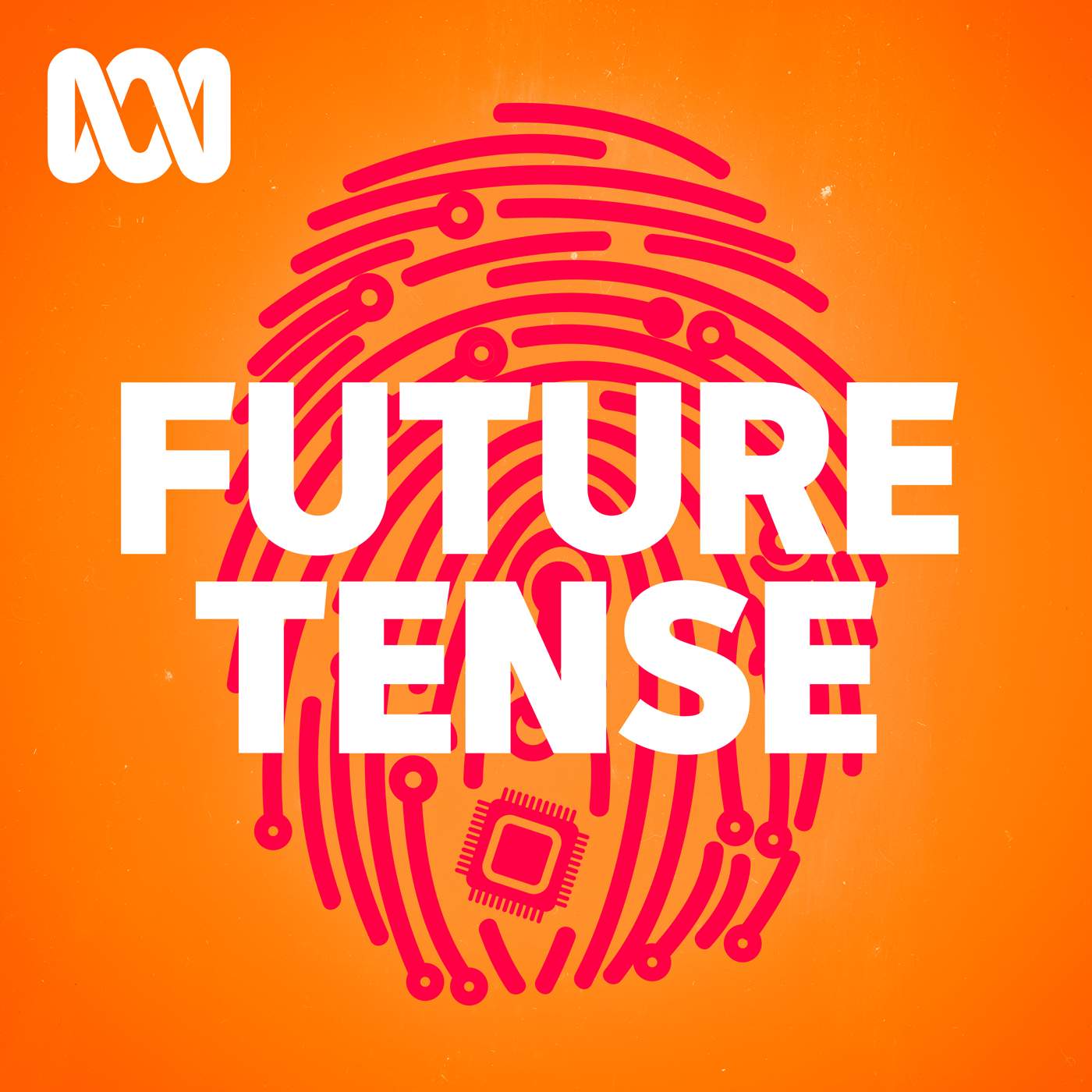
Future Tense
ABC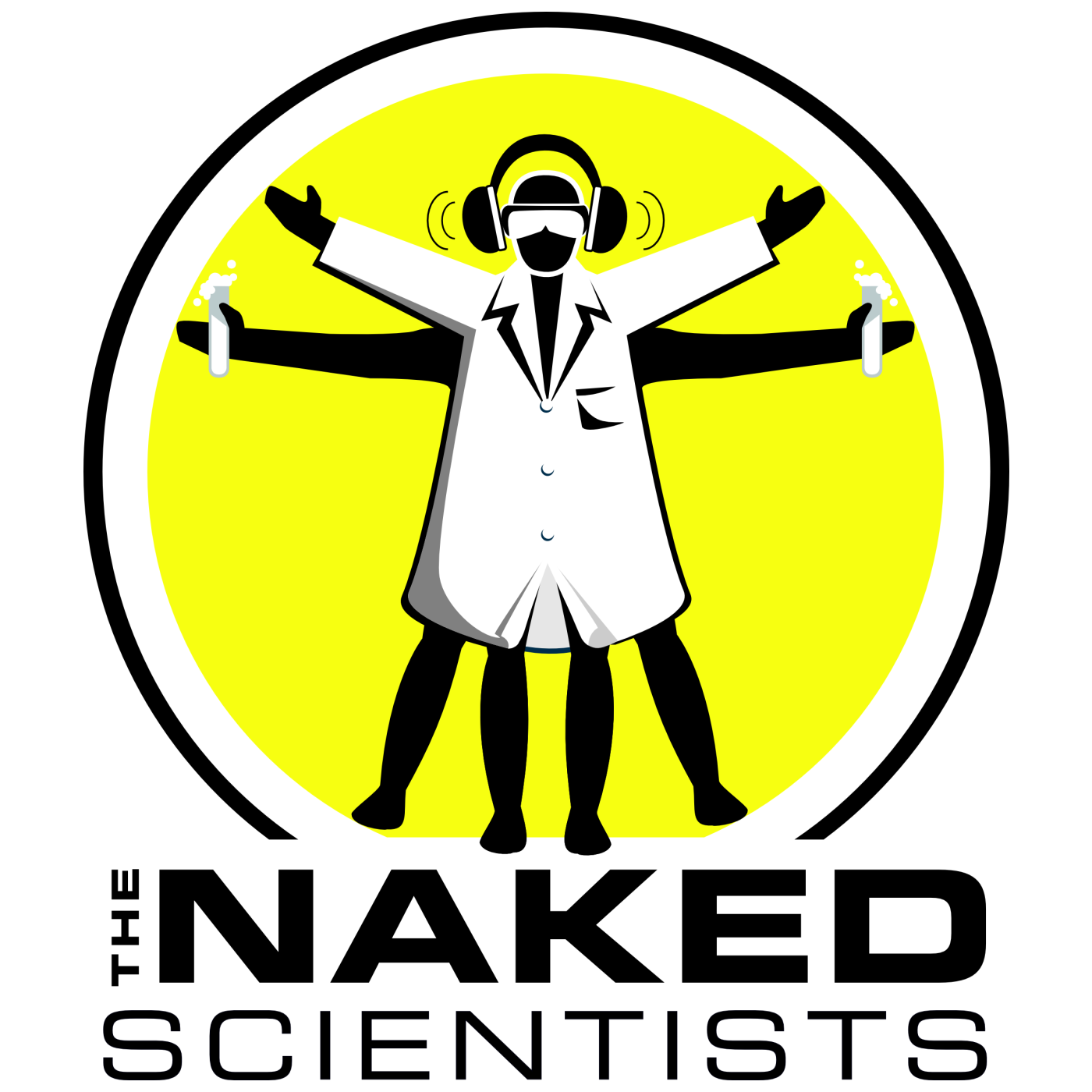
The Naked Scientists Podcast
The Naked Scientists
Naked Neuroscience, from the Naked Scientists
James Tytko
The TED AI Show
TED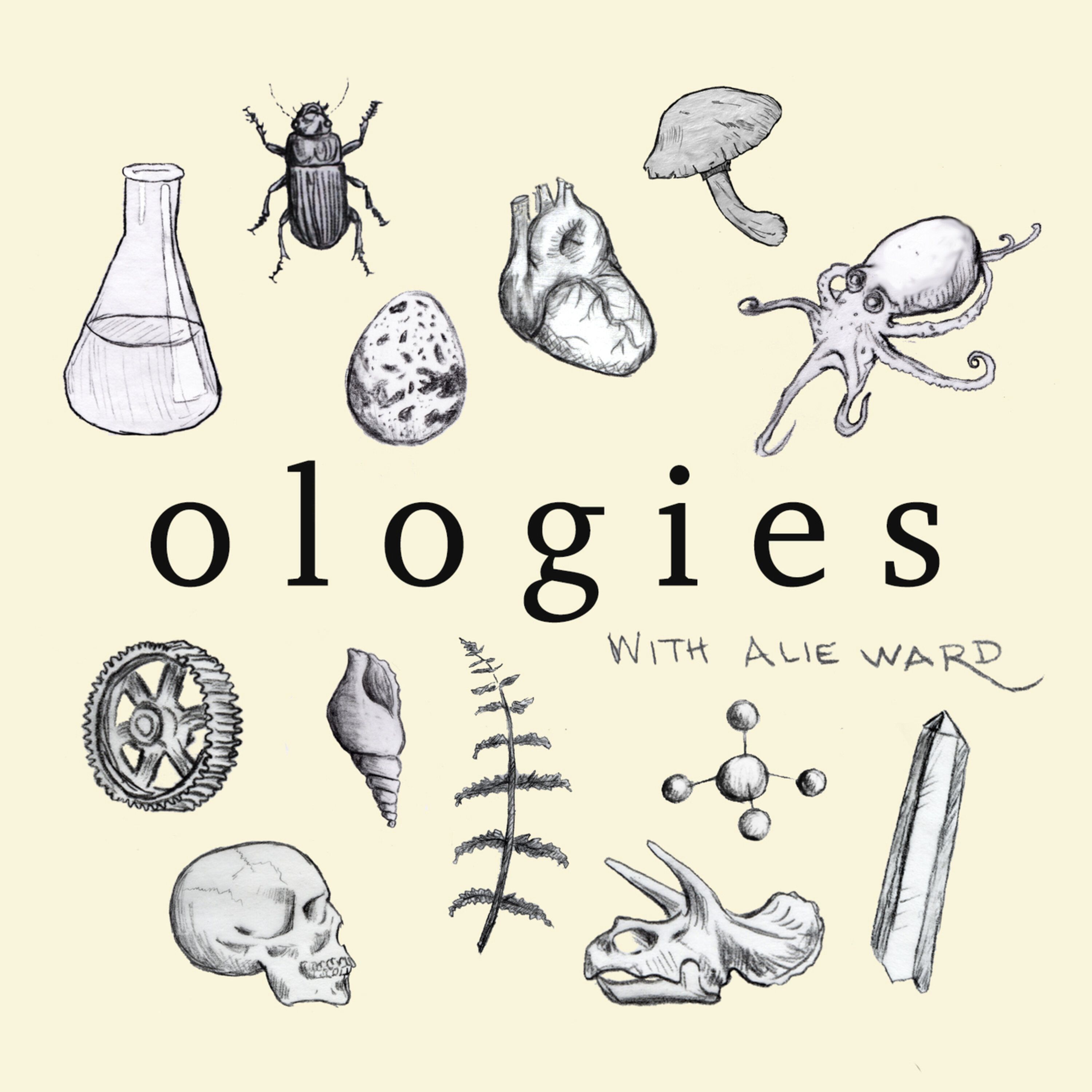
Ologies with Alie Ward
Alie Ward
The Daily
The New York Times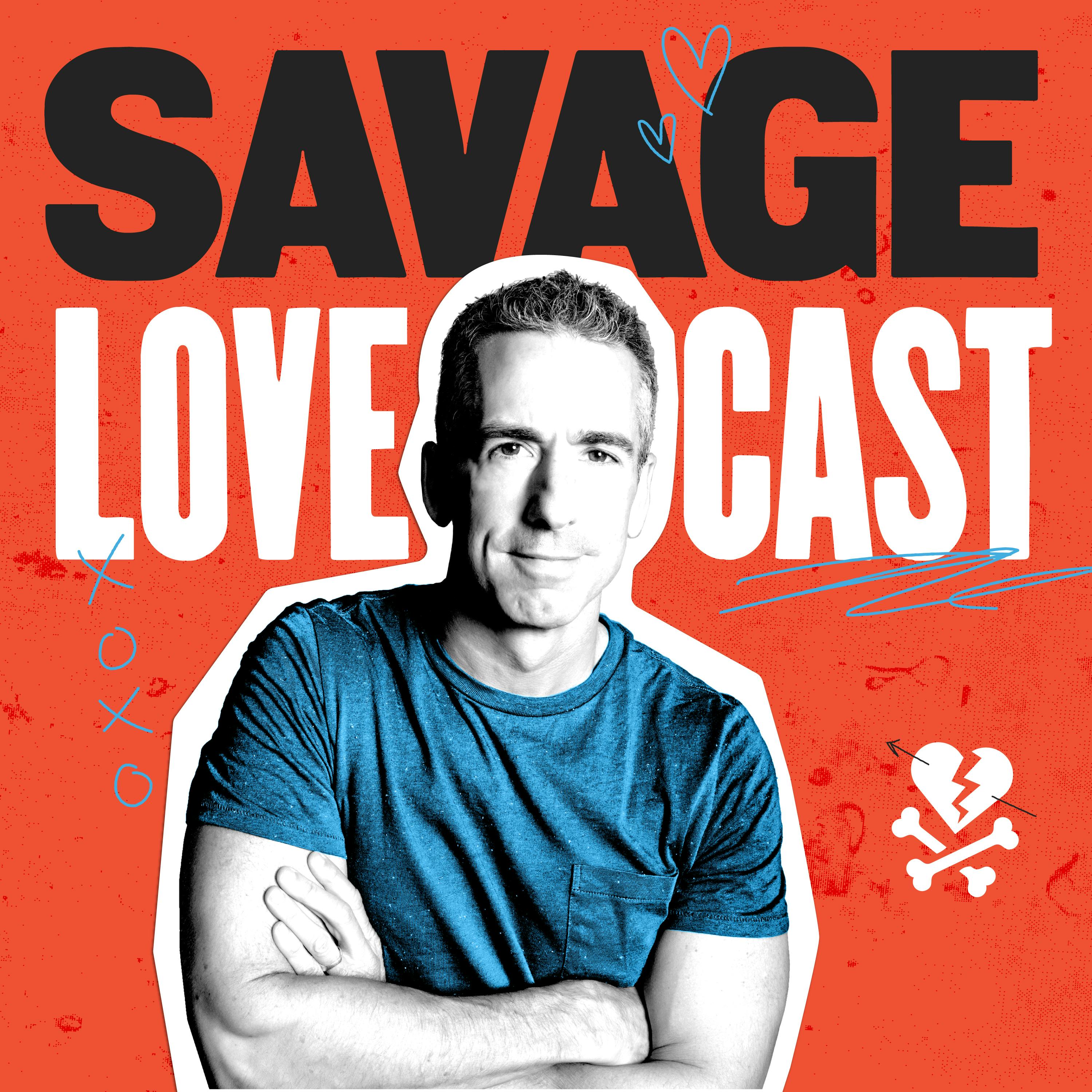
Savage Lovecast
Dan Savage
Huberman Lab
Scicomm Media
Freakonomics Radio
Freakonomics Radio + Stitcher
Ideas
CBC